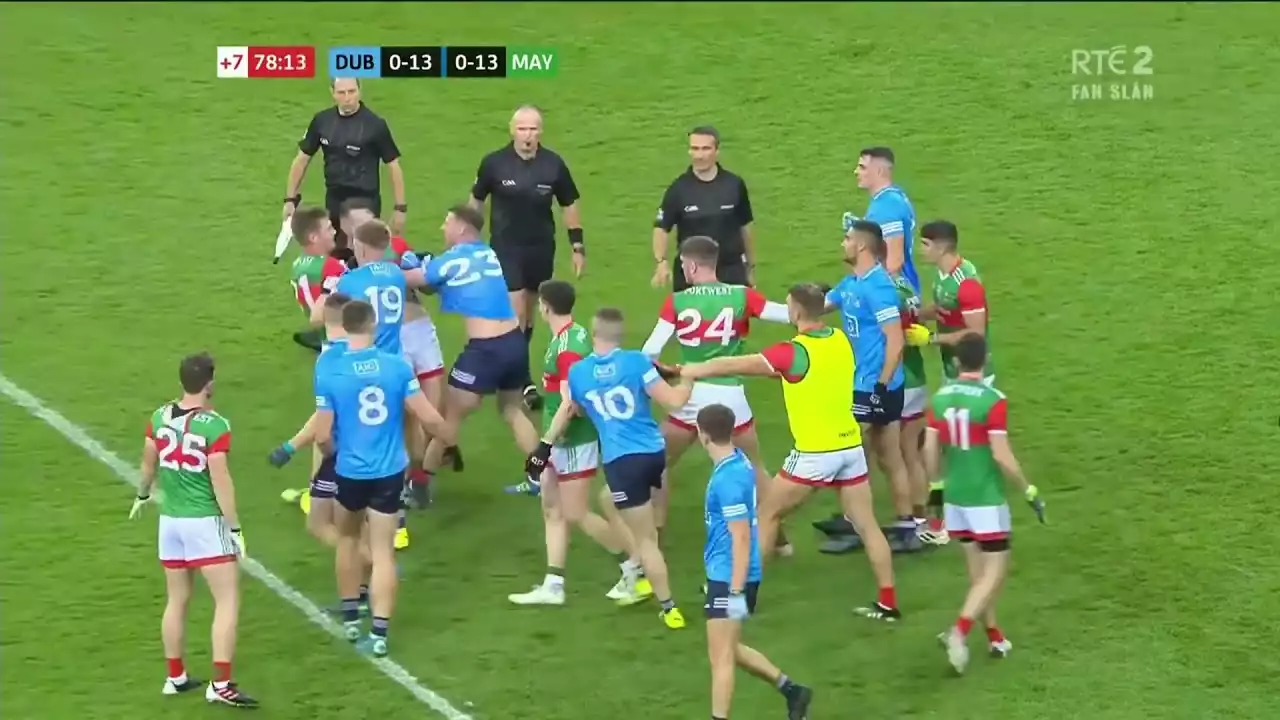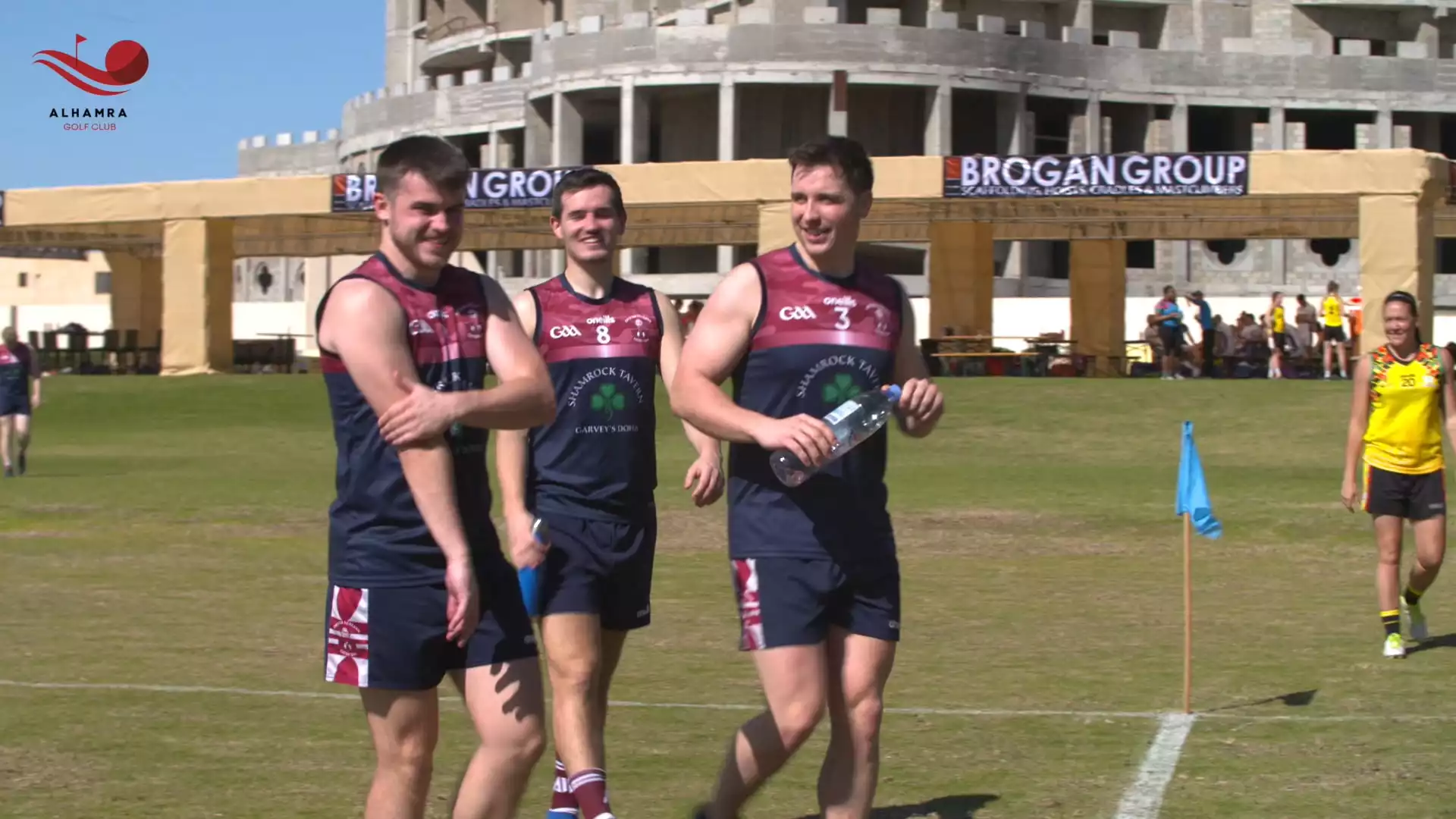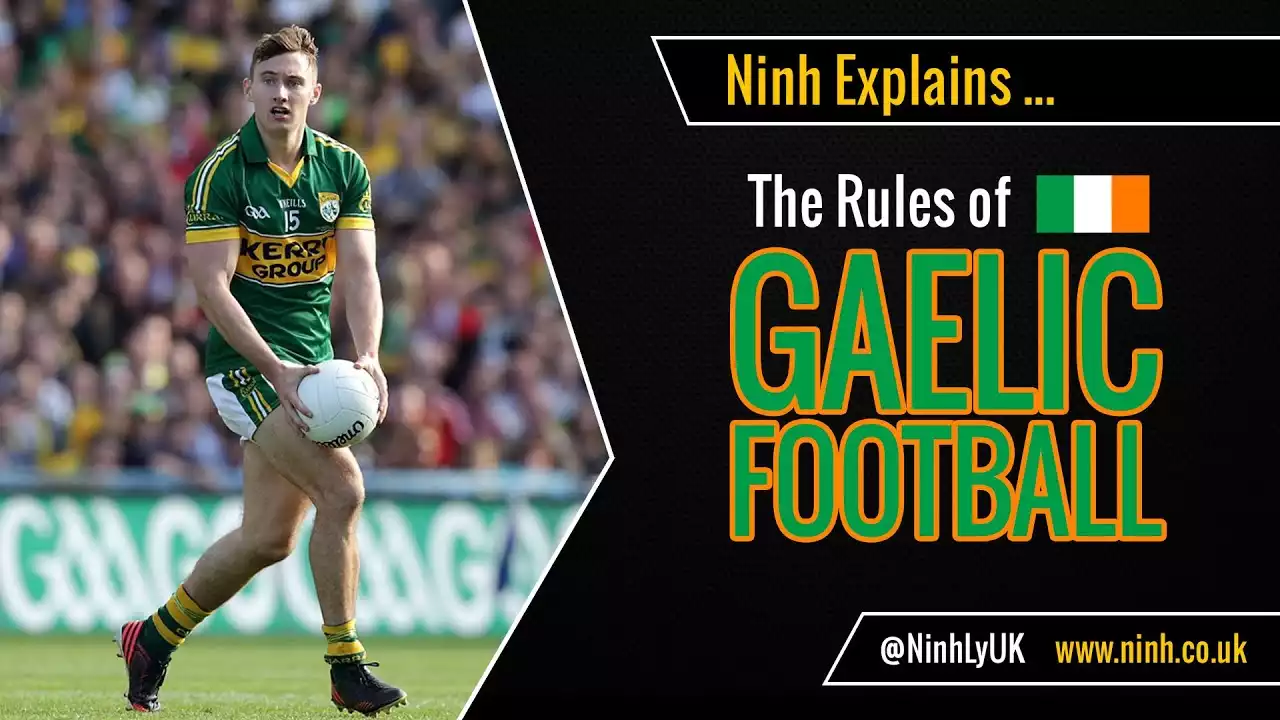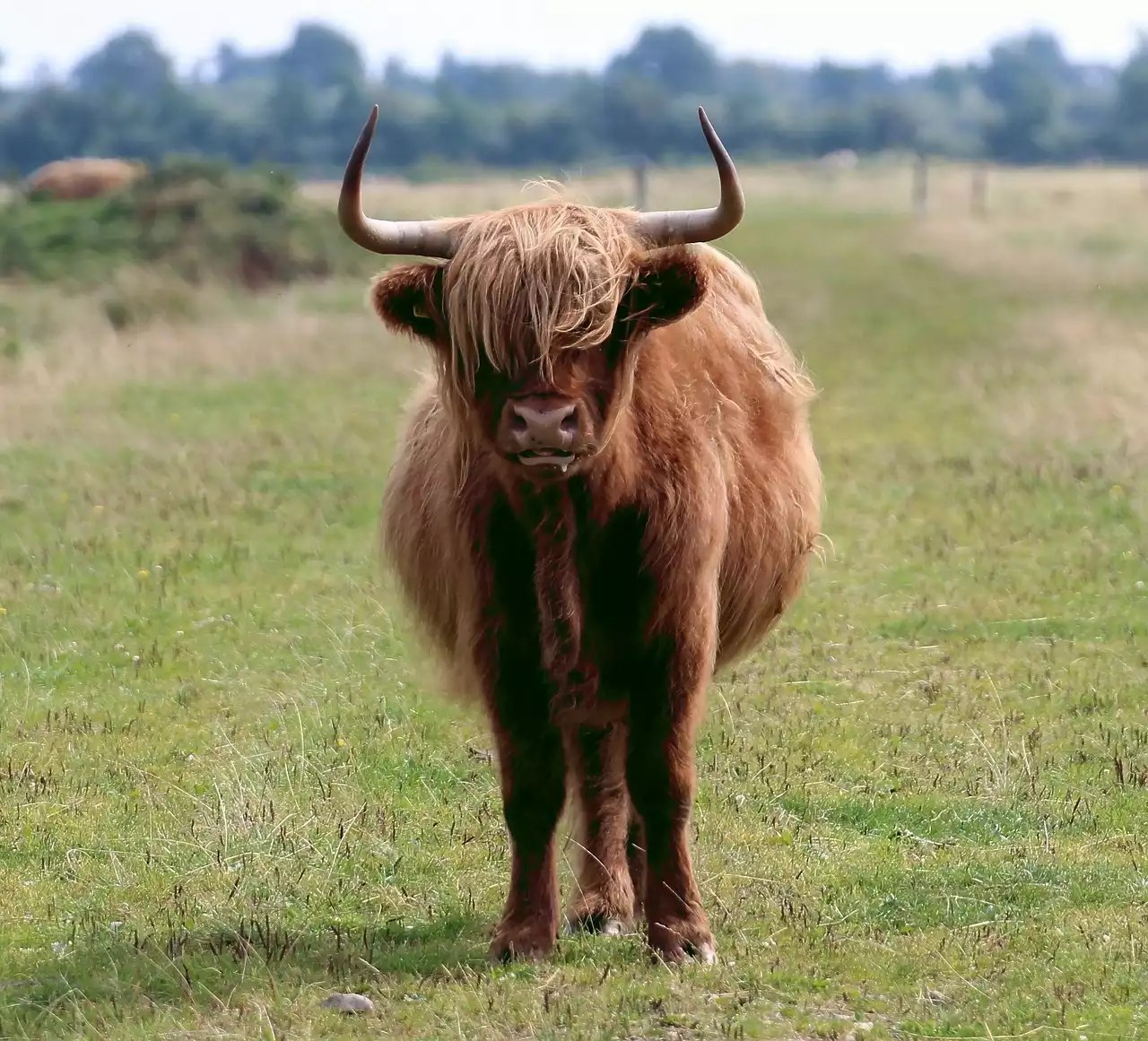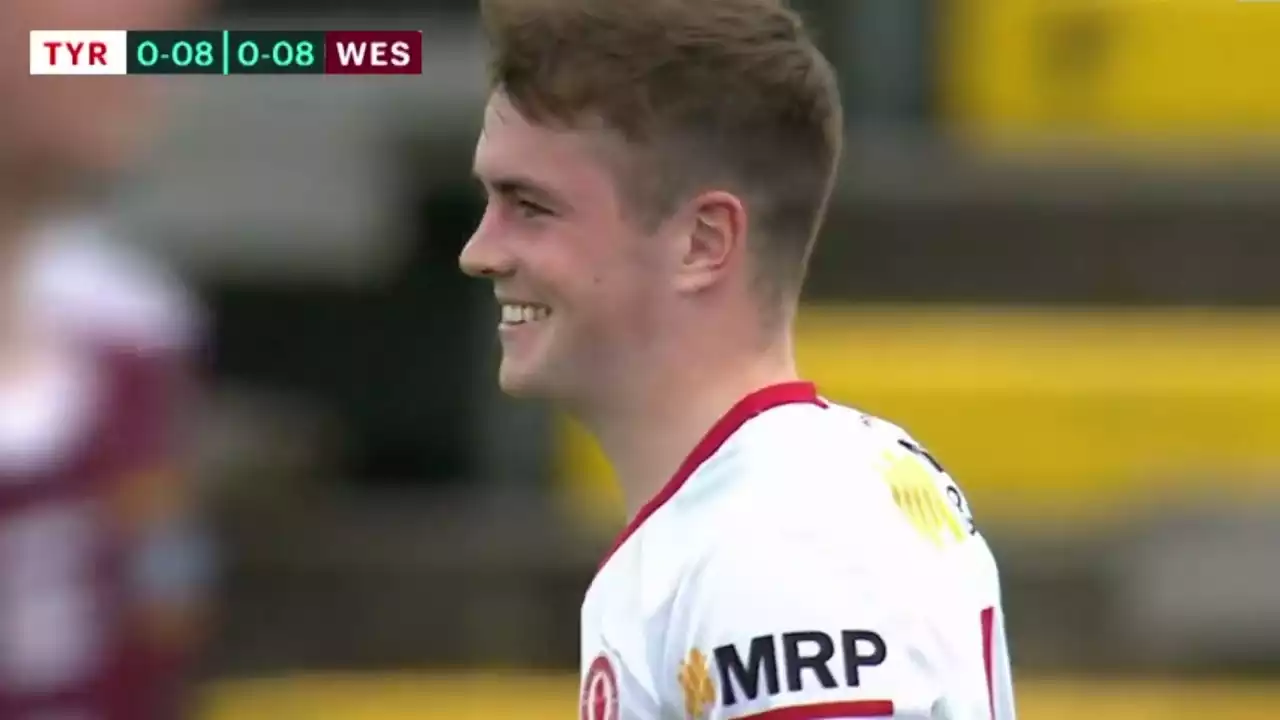History and Origins of Gaelic Football
Gaelic Football, also known as Peil Ghaelach in Irish, has a rich history that dates back over a century. The game originated in Ireland, where it has been played for generations and is deeply ingrained in the country's culture and heritage. The roots of Gaelic Football can be traced back to ancient Celtic times when a similar game called Caid was played. Over time, the game evolved and adapted, incorporating elements from various sports to become the Gaelic Football we know today.
The modern era of Gaelic Football began in the late 19th century when the Gaelic Athletic Association (GAA) was founded in 1884. The GAA aimed to promote traditional Irish sports and preserve the country's cultural identity. Gaelic Football quickly became one of the most popular sports in Ireland, attracting players and fans from all corners of the country.
The first All-Ireland Gaelic Football final was held in 1887, marking a significant milestone in the sport's history. Since then, the game has continued to grow in popularity, with the All-Ireland final becoming one of the most-watched sporting events in Ireland. Today, Gaelic Football is played at various levels, from local club competitions to inter-county championships, showcasing the immense talent and passion for the sport across the country.
Basic Rules of Gaelic Football
To understand and appreciate Gaelic Football, it's crucial to familiarize yourself with the basic rules of the game. Gaelic Football is played on a rectangular field, typically measuring around 137 meters long and 82 meters wide. The objective of the game is to score points by kicking or punching the ball into the opponent's goal, which is worth three points, or over the crossbar, which is worth one point.
Each team consists of 15 players, with each player having a specific role and position on the field. The positions include goalkeeper, full-back, half-back, midfield, half-forward, and full-forward. The goalkeeper's primary role is to defend the goal, while the other positions are responsible for both defending and attacking.
The game is played in two halves, each lasting 30 minutes, with additional time added for stoppages. Players can move the ball by either kicking it or hand-passing it, which involves striking the ball with an open hand. It's important to note that the ball cannot be carried for more than four steps without being bounced or soloed, which is when a player strikes the ball with their foot while it's in their hands.
Positions and Player Roles in Gaelic Football
Gaelic Football requires a well-coordinated team effort, with each player having a specific role and responsibility on the field. Understanding the positions and player roles is essential for both players and fans alike.
1. Goalkeeper: The goalkeeper is the last line of defense and plays a vital role in preventing the opposition from scoring goals. They must have excellent reflexes, agility, and decision-making skills.
2. Full-Back: The full-backs are responsible for defending the goal and marking the opposing team's full-forwards. They need to be strong, physically imposing, and have good tackling and blocking abilities.
3. Half-Back: The half-backs play a crucial role in both defensive and offensive play. They must be able to win possession, provide accurate passes, and support the attack when necessary.
4. Midfield: The midfielders are the engine room of the team, responsible for winning possession in the middle of the field and distributing the ball to the forwards. They need to be physically fit, have good ball control, and be able to cover a lot of ground.
5. Half-Forward: The half-forwards play a linking role between the midfield and the full-forwards. They need to have good ball skills, vision, and the ability to create scoring opportunities for themselves and their teammates.
6. Full-Forward: The full-forwards are the main scoring threat for the team. They must be skilled in catching high balls, have accurate shooting abilities, and be able to create space for themselves in the opposition's defense.
By understanding the specific roles and responsibilities of each position, players can develop their skills and contribute effectively to their team's success.
Skills and Techniques in Gaelic Football
Gaelic Football requires a diverse range of skills and techniques, which players must master to excel in the game. Here are some of the key skills and techniques that every Gaelic Football player should focus on:
1. Kicking: Kicking is one of the fundamental skills in Gaelic Football. Players must be able to kick the ball accurately and with enough power to reach their intended target. Proper kicking technique involves planting the non-kicking foot beside the ball, striking the center of the ball with the instep of the foot, and following through with the kicking leg.
2. Hand-passing: Hand-passing is another essential skill in Gaelic Football. Players must be able to strike the ball accurately and with enough force using an open hand. The hand-pass is often used to quickly move the ball to a teammate or create scoring opportunities.
3. Catching: Catching high balls is a vital skill for both outfield players and goalkeepers. Players must have good hand-eye coordination, timing, and the ability to judge the flight of the ball accurately. Proper catching technique involves extending the arms fully, cushioning the ball with the fingers, and securing it against the chest.
4. Tackling: Tackling is an integral part of Gaelic Football, as it allows players to regain possession and disrupt the opposition's attack. Proper tackling technique involves closing down the player with the ball, making contact with the shoulder, and wrapping the arms around the opponent. It's important to tackle within the rules and avoid dangerous or reckless challenges.
5. Shooting: Scoring goals and points is the ultimate aim in Gaelic Football, and shooting accuracy is crucial for success. Players must be able to strike the ball cleanly and with precision to beat the goalkeeper and find the back of the net. Proper shooting technique involves keeping the head over the ball, striking it cleanly with the laces of the foot, and following through with the kicking leg.
Mastering these skills and techniques requires consistent practice, dedication, and a willingness to improve. Players should focus on developing their strengths while also working on their weaker areas to become well-rounded Gaelic Football players.
Training and Fitness for Gaelic Football
Gaelic Football is a physically demanding sport that requires players to be fit, strong, and agile. Training and fitness play a crucial role in preparing players for the demands of the game. Here are some key aspects of training and fitness in Gaelic Football:
1. Endurance: Gaelic Football matches can be intense and fast-paced, lasting for 60 minutes or more. Players need to have excellent cardiovascular endurance to sustain their performance throughout the game. Endurance training should include aerobic exercises such as running, cycling, and interval training.
2. Strength and Power: Gaelic Football requires players to be physically strong and powerful. Strength training should focus on developing functional strength, which includes exercises that mimic the movements and demands of the game. This can include exercises such as squats, lunges, deadlifts, and plyometric exercises to improve power and explosiveness.
3. Speed and Agility: Gaelic Football involves quick changes of direction, acceleration, and sprinting. Players should incorporate speed and agility drills into their training to improve their ability to change direction quickly, accelerate, and decelerate effectively.
4. Skill Development: Regular skill practice is essential for improving technique and proficiency in Gaelic Football. Players should allocate time to practice kicking, hand-passing, catching, tackling, and shooting drills to refine their skills and develop muscle memory.
5. Recovery and Injury Prevention: Proper recovery and injury prevention strategies are crucial for long-term success in Gaelic Football. This includes incorporating rest days into training schedules, practicing good nutrition and hydration, getting enough sleep, and implementing injury prevention exercises and routines.
By focusing on a well-rounded training program that incorporates endurance, strength, speed, agility, and skill development, players can enhance their performance and reduce the risk of injuries.
Strategies and Tactics in Gaelic Football
Gaelic Football is a highly tactical sport, with teams employing various strategies and tactics to gain an advantage over their opponents. Here are some common strategies and tactics used in Gaelic Football:
1. Possession Game: Possession is crucial in Gaelic Football, and teams often prioritize maintaining possession of the ball. This involves players making themselves available for passes, using accurate hand-passing and kicking to retain possession, and creating space to exploit the opposition's defense.
2. Defensive Setup: A solid defense is essential for success in Gaelic Football. Teams often employ different defensive setups such as the blanket defense, where players drop back to congest the defensive area and make it difficult for the opposition to score. Other defensive tactics include man-marking, zonal marking, and pressing the opposition aggressively.
3. Offensive Strategies: Teams employ various offensive strategies to create scoring opportunities. This can include quick, direct attacking play, patient build-up play, and counter-attacking. Offensive tactics also involve players making intelligent runs, creating space, and exploiting the opposition's weaknesses.
4. Set Plays: Set plays, such as free kicks, penalties, and kick-outs, provide teams with scoring opportunities. Teams often have specific strategies and plays designed for set pieces to maximize their chances of scoring.
5. Player Positioning: Effective player positioning is crucial in Gaelic Football. Players need to be aware of their position on the field, make intelligent runs, and create space for themselves and their teammates. This involves understanding the flow of the game, reading the play, and anticipating where the ball will be.
Successful teams in Gaelic Football are often those that can adapt their strategies and tactics based on the flow of the game and the strengths and weaknesses of their opponents. Coaches and players should analyze their own team's performance as well as their opponents' to develop effective game plans and strategies.
Common Fouls and Penalties in Gaelic Football
Gaelic Football has specific rules and regulations to ensure fair play and player safety. Here are some common fouls and penalties in Gaelic Football:
1. Charging: Charging occurs when a player uses excessive force against an opponent. This can result in a free kick or a yellow card, depending on the severity of the charge.
2. Pushing or Pulling: Pushing or pulling an opponent is considered a foul and can result in a free kick or a yellow card.
3. Striking: Striking an opponent with the hand, arm, elbow, knee, or foot is a serious foul and can result in a free kick, a yellow card, or a red card, depending on the severity of the strike.
4. Dissent: Players who show dissent towards the referee, use abusive language, or act in a disrespectful manner can be penalized with a yellow card or a red card.
5. Deliberate Fouling: Deliberate fouling, such as tripping, dragging down an opponent, or impeding their progress, can result in a free kick or a yellow card.
6. Dangerous Play: Engaging in dangerous play, such as striking the ball recklessly, making dangerous tackles, or endangering the safety of opponents, can result in a free kick, a yellow card, or a red card.
It's important for players to understand the rules and regulations of Gaelic Football to play the game safely and within the spirit of fair play.
Famous Gaelic Football Teams and Players
Gaelic Football has seen many legendary teams and players who have left an indelible mark on the sport. Here are some of the famous Gaelic Football teams and players:
1. Dublin: The Dublin Gaelic Football team has been dominant in recent years, winning multiple All-Ireland titles. They are known for their skill, athleticism, and tactical prowess.
2. Kerry: The Kerry Gaelic Football team is one of the most successful teams in the history of the sport. They have won numerous All-Ireland titles and are renowned for their attacking style of play.
3. Mick O'Connell: Mick O'Connell is widely regarded as one of the greatest Gaelic Football players of all time. He represented Kerry and was known for his exceptional skills, vision, and leadership.
4. Colm Cooper: Colm "Gooch" Cooper is another legendary player from Kerry. He was known for his creativity, scoring ability, and his ability to read the game.
5. Sean Cavanagh: Sean Cavanagh, from Tyrone, is considered one of the best midfielders in the history of Gaelic Football. He was renowned for his physicality, work rate, and ability to win possession.
These are just a few examples of the many talented teams and players who have made their mark in Gaelic Football. The sport continues to produce new stars and captivating moments that keep fans enthralled.
